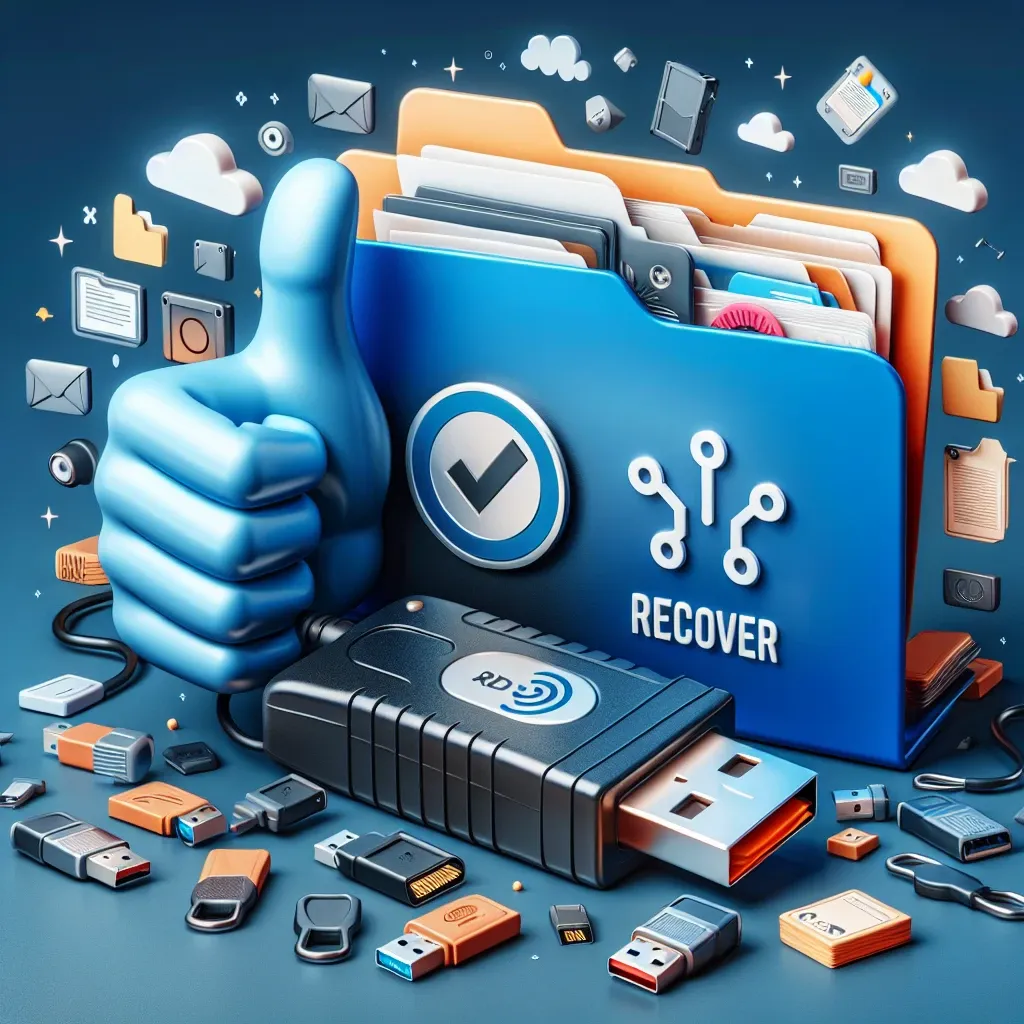Introduction
Corrupted flash drives can be a nightmare, especially when they contain important files or data. When connected to a USB hub, the chances of encountering issues may increase due to potential power supply problems or connectivity instability. Understanding how to recover data from a corrupted flash drive is crucial for anyone relying on portable storage for important information. In this article, we will discuss various methods for data recovery, preventive measures, and the implications of using a USB hub.
| Factor | Impact on Data Recovery |
|---|---|
| Type of Corruption | Influences recovery success rates; logical may be easier than physical damage |
| Connection Method | USB hub can affect data transfer stability |
| File System Type | Different file systems might require specific recovery strategies |
| Recovery Tools Used | Some tools are more effective for different corruption types |
| Backup Strategy | A proper backup can prevent data loss |
Understanding Flash Drive Corruption
What is Flash Drive Corruption?
Flash drive corruption refers to the scenario where data becomes inaccessible due to various factors, including hardware failure, improper ejection, malware, or file system damage. This can manifest as missing files, unreadable drives, or formatting errors.
Signs of a Corrupted Flash Drive
- Inability to open files
- Error messages indicating the drive needs to be formatted
- Drive not recognized by the operating system
- Slow transfer speeds or unresponsive files
Common Causes of Data Corruption
1. Improper Ejection
Removing a flash drive without safely ejecting it can lead to data corruption. It is essential to use the ‘Eject’ option on your computer to prevent losing data.
2. Power Issues
When connecting a flash drive through a USB hub, inadequate power supply or connectivity issues can lead to data corruption. Devices that require more power than what the hub provides may experience problems.
3. Malware and Viruses
Malicious software can infiltrate your flash drive, leading to file corruption and potential loss of sensitive data.
4. File System Incompatibility
Using different operating systems with mismatched file system formats can lead to issues when accessing files, causing them to appear corrupted.
Methods for Recovering Data from a Corrupted Flash Drive
1. Check the USB Hub Connection
First, ensure that the issue is not with the USB hub itself. Try connecting the flash drive directly to a computer port, bypassing the hub. If the drive is recognized, the hub may be the culprit.
2. Use Built-in Operating System Tools
For Windows Users
Windows offers built-in tools such as CHKDSK that can repair file system issues.
- Open Command Prompt as an Administrator.
- Type chkdsk G: /f (replace ‘G’ with your flash drive letter).
- Press Enter and wait for the scan to complete.
For Mac Users
Mac users can utilize Disk Utility:
- Open Disk Utility from the Applications folder.
- Select the corrupted flash drive from the sidebar.
- Click on ‘First Aid’ and follow the prompts.
3. Data Recovery Software
When built-in tools fail, third-party data recovery software can help. Popular options include:
- Recuva
- EaseUS Data Recovery Wizard
- Stellar Data Recovery
Follow the instructions provided by the software, usually involving scanning the drive for recoverable files and saving them to another location.
4. Professional Data Recovery Services
If all else fails, consider professional recovery services. They can handle severe cases of data corruption, though this option can be costly. Make sure to choose a reputable service with positive reviews.
Preventive Measures to Avoid Data Corruption
1. Always Safely Eject Drives
Ensure proper ejection each time to minimize risks of corruption.
2. Use a Quality USB Hub
Choose USB hubs from reputable manufacturers that provide sufficient power for connected devices.
3. Maintain Regular Backups
Implement a backup strategy to store copies of important files in multiple locations.
4. Scan for Malware Regularly
Utilize reliable antivirus software to regularly scan flash drives to prevent potential infections.
Conclusion
Recovering data from a corrupted flash drive connected to a USB hub is feasible, although success depends on multiple factors. By understanding the nature of flash drive corruption and employing the right recovery strategies, you can maximize your chances of retrieving lost data. Moreover, by following preventive measures, you can significantly reduce the risk of encountering similar issues in the future. Remember, when dealing with any storage device, patience and careful handling are paramount. Always prioritize data safety and organization to avoid facing a data recovery dilemma.

